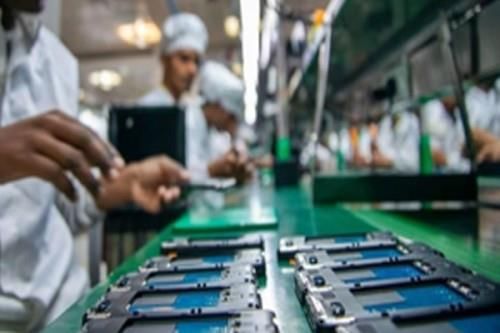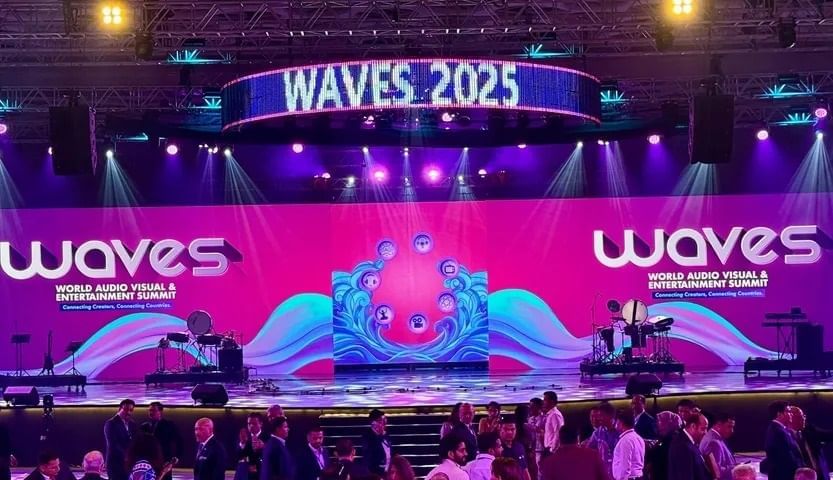UPSC Exam > UPSC Notes > PIB (Press Information Bureau) Summary > PIB Summary - 5th May, 2025
PIB Summary - 5th May, 2025 | PIB (Press Information Bureau) Summary - UPSC PDF Download
Report for Framework on Repairability Index (RI) in Mobile and Electronic Sector submitted

Context and Purpose
- The Department of Consumer Affairs (DoCA) has introduced a framework to tackle issues related to repair accessibility in the mobile and electronic sector.
- The initial phase of implementation will focus on smartphones and tablets.
- This initiative is a response to the growing number of consumer complaints regarding repair difficulties, which have increased from approximately 19,000 in 2022-23 to 22,800 in 2024-25.
- The framework aims to promote the Right to Repair principles and align with the goals of a circular economy, supporting sustainable and responsible consumption practices.
Committee Formation and Composition
- The committee responsible for the framework was composed of a diverse range of stakeholders, including:
- Major tech companies such as Apple, Samsung, Google, Dell, HP, Vivo, and HMD.
- Industry associations like the India Cellular and Electronics Association (ICEA) and the Manufacturers' Association for Information Technology (MAIT).
- Consumer organizations such as EPIC.
- Government departments including the Ministry of Electronics and Information Technology (MeitY) and the Ministry of Micro, Small and Medium Enterprises (MSME).
- Scientific bodies like the Bureau of Indian Standards (BIS) and the National Test House (NTH).
Core Features of the Repairability Index
- The Repairability Index will be self-declared by Original Equipment Manufacturers (OEMs) based on standard scoring criteria.
- There will be no additional compliance burden for OEMs.
- The index will be displayed at physical points of sale, on e-commerce platforms, and on product packaging through QR codes.
Goals and Impact
- The framework aims to promote mindful utilization of products rather than wasteful consumption.
- It seeks to empower consumers by providing them with informed product choices.
- The initiative aligns with the Right to Repair principles and the goals of a circular economy.
- It encourages transparency, sustainability, and self-reliance, contributing to Sustainable Development Goal 12 (Responsible Consumption and Production).
Alignment with Global Standards
- The framework is modeled on best international practices, such as France’s Repairability Index system.
- It aims to balance innovation, consumer rights, and ease of doing business in the electronic sector.
Broader Policy Ecosystem
- The framework builds on the Right to Repair Portal India established in 2022, which covers various sectors including mobile/electronics, automobiles, consumer durables, and farming equipment.
- Over 65 companies have been onboarded on the portal to facilitate repair-related information.
Future Outlook
- The framework is expected to expand to other sectors involving electronics and durable goods.
- It aims to promote affordable repair access, which is crucial for both rural and urban consumers.
- The initiative supports India’s digital empowerment by ensuring the longevity of essential devices.
WAVES 2025: A People’s Movement that Empowers Every Creator to be a Star

Vision and Theme
- WAVES 2025 aims to boost India’s Orange Economy, focusing on creative industries.
- The event supports India’s ambition to be a global leader in media and entertainment.
- It highlights the importance of democratizing content creation and promoting storytelling by young people.
Economic Impact and Business Outcomes
- WAVES Bazaar facilitated business deals totaling ₹1328 crores within three days.
- The Maharashtra Government established Memorandums of Understanding (MoUs) worth ₹8000 crores in the media and entertainment sector.
- More than 3000 B2B meetings took place, demonstrating the summit’s significant commercial appeal.
Global Cooperation and Diplomacy
- Representatives from 77 countries engaged in the Global Media Dialogue.
- The WAVES Declaration was adopted, emphasizing cultural cooperation, ethical media practices, digital equity, and global peace.
- India spearheaded discussions on narrowing the digital divide and fostering a creator-first economy worldwide.
Start-Up Ecosystem: WAVEX
- 30 start-ups presented their ideas to leading investors such as Jio, Lumikai, and WarmUp Ventures.
- Potential investments worth ₹50 crore are in the pipeline.
- WAVEX aims to establish incubators, mentor networks, and seed investment platforms for creators in Tier 1 and Tier 2 cities.
- The initiative supports start-ups at the idea stage, even if they lack physical products.
Key Reports and Findings
- Statistical Handbook: Provides a detailed overview of the growth, trends, and challenges in India’s media and entertainment sector.
- 'From Content to Commerce' – BCG: Highlights the influence of digital creators on consumer spending, projected to reach $1 trillion by 2030.
- 'A Studio Called India' – EY: Discusses India’s cost advantage in VFX and animation, and the rising international demand for Indian OTT content.
- Legal Currents – Khaitan & Co: Focuses on influencer compliance and the need for regulatory clarity.
- White Paper on Live Events: Explores the sector's growth and calls for licensing and infrastructure reforms.
Capacity Building: Indian Institute of Creative Technology (IICT)
- The IICT is set to become a national hub for skilling and innovation in the media and entertainment sector.
- Its goal is to address the talent shortage in creative technology and boost India’s competitiveness in this field.
Strategic Government Messaging
- The Prime Minister positioned WAVES as the beginning of India’s Orange Economy, emphasizing "Create in India" and youth empowerment through storytelling.
- Other ministers highlighted the importance of blending technology with tradition, aligning policies, and promoting global cultural diplomacy.
Key Takeaways
- WAVES 2025 was not just a conference but a significant step towards revitalizing India’s creative sector.
- It established India as a key player in global storytelling and a hub for media and entertainment.
- The event set the stage for sustainable development in the sector, fostering international collaborations and a strong creator economy.
The document PIB Summary - 5th May, 2025 | PIB (Press Information Bureau) Summary - UPSC is a part of the UPSC Course PIB (Press Information Bureau) Summary.
All you need of UPSC at this link: UPSC
Related Searches
















